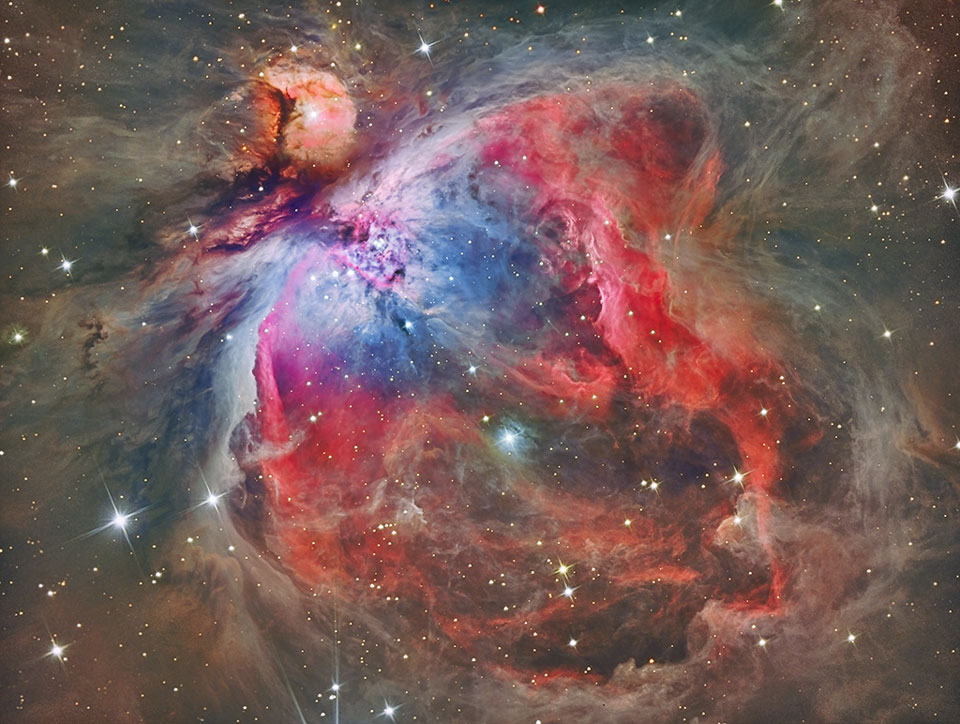Check out this cool link from NASA International Space Station (ISS).
http://apod.nasa.gov/apod/ap130331.html
This is a time lapse video that shows the wonders of our Planet at night.
From the thin layer of the atmosphere (Exosphere) where the ISS orbits to the beautiful colors of the auroras located in the Thermosphere just below. This colorful display of lights can be seen at high elevations such as the Antarctic. Thunderstorms can be seen in the Troposphere, the layer closest to the ground!
 |
| Auroras from the Ionosphere at Night |
 |
| Thunderstorms in the Troposphere at Night |

